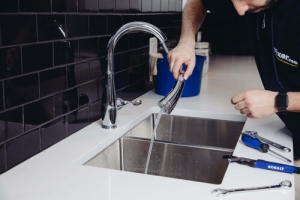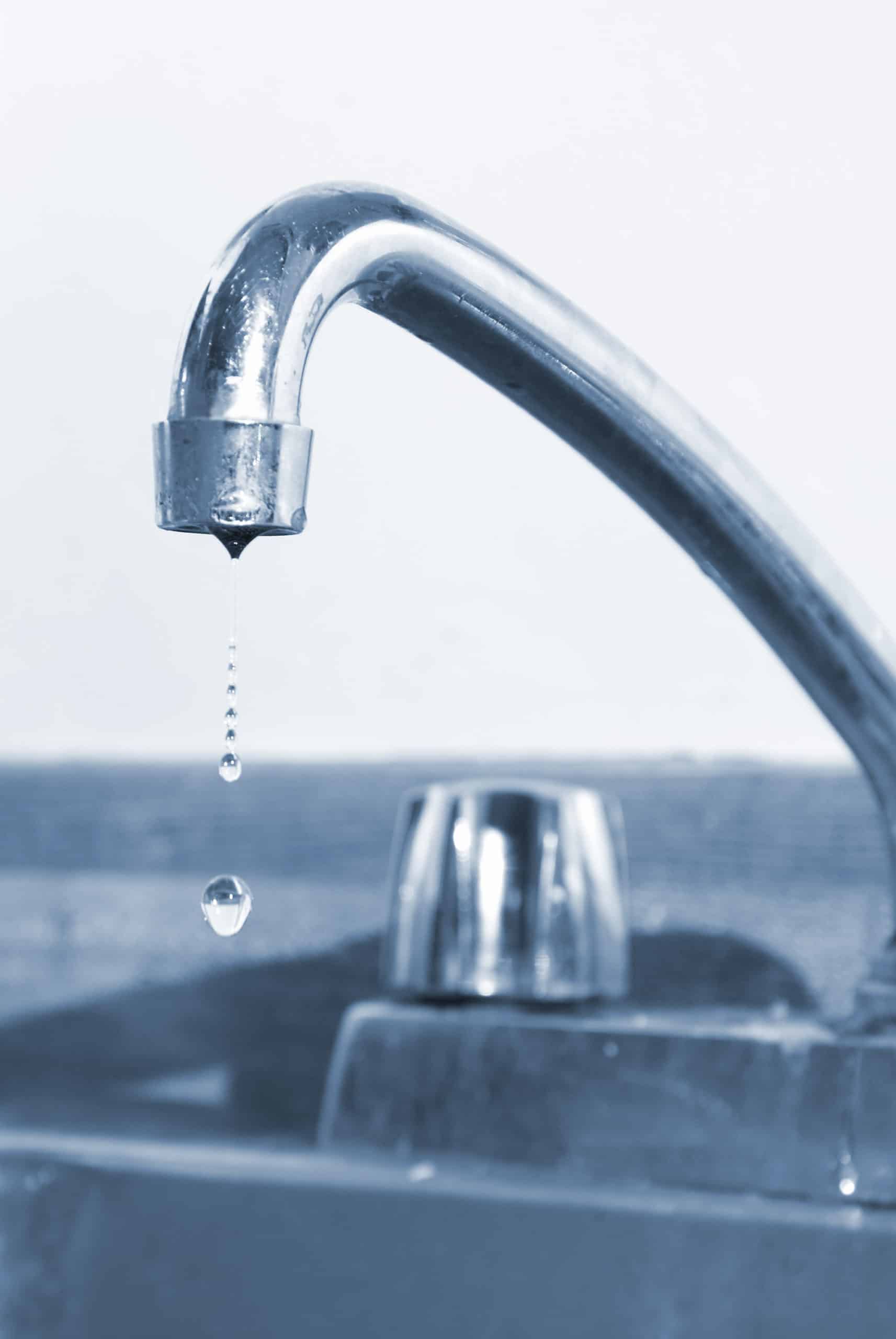They are making a number of great pointers related to Why Is It Important To Fix Your Leaking Tap/Faucet? overall in the article followed below.

Leaking taps could seem like a minor inconvenience, but their effect surpasses simply the aggravation of the audio. From drainage to sustaining unnecessary economic costs and wellness dangers, neglecting a trickling tap can bring about different repercussions. In this short article, we'll look into why it's critical to address this common family problem immediately and successfully.
Waste of Water
Environmental Impact
Dripping taps add substantially to water wastage. According to the Epa (EPA), a solitary faucet dripping at one drip per secondly can squander more than 3,000 gallons of water each year. This not only strains water sources but additionally impacts communities and wild animals based on them.
Step-by-Step Overview to Fixing a Dripping Tap
Tools Needed
Prior to attempting to deal with a dripping tap, collect the required devices, including an adjustable wrench, screwdrivers, substitute parts (such as washers or cartridges), and plumber's tape.
Usual Tap Issues and Their Solutions
Identify the type of tap and the details issue causing the drip. Usual troubles consist of damaged washers, corroded valve seats, or damaged O-rings. Describe manufacturer instructions or online tutorials for step-by-step guidance on repair work.
Financial Costs
Increased Water Bills
Past the ecological effect, leaking faucets can inflate water costs considerably. The collected waste in time translates right into higher utility expenditures, which might have been avoided with prompt repair services.
Potential Home Damage
In addition, long term leaking can lead to harm to components and surfaces surrounding the tap. Water buildup can trigger staining, corrosion, and also structural issues if left unattended, leading to extra repair service expenses.
Health and wellness Problems
Mold and Mildew Development
The constant presence of wetness from a trickling tap creates a perfect atmosphere for mold and mildew and mold development. These fungis not just compromise indoor air quality yet also pose health risks, particularly for individuals with breathing conditions or allergies.
Waterborne Illness
Stationary water in leaking faucets can become a breeding ground for bacteria and various other virus, boosting the threat of waterborne conditions. Pollutants such as Legionella bacteria thrive in stationary water, possibly resulting in serious ailments when consumed or breathed in.
DIY vs. Specialist Repair service
Advantages and disadvantages of DIY Fixing
While some may try to take care of a leaking tap themselves, DIY fixings feature their own collection of challenges. Without appropriate knowledge and devices, DIY efforts can exacerbate the problem or bring about incomplete repair services, lengthening the problem.
Advantages of Hiring an Expert Plumber
Employing an expert plumber guarantees that the underlying reason for the trickling tap is addressed effectively. Plumbings have the expertise and equipment to detect and fix tap concerns efficiently, conserving time and minimizing the risk of further damages.
Ecological Responsibility
Specific Contribution to Conservation
Taking duty for repairing leaking faucets aligns with wider efforts towards water preservation and environmental sustainability. Every individual's activities collectively make a significant influence on protecting priceless sources.
Sustainable Living Practices
By prioritizing prompt fixings and taking on water-saving practices, individuals contribute to lasting living methods that benefit both existing and future generations.
Safety nets
Normal Maintenance Tips
To prevent leaking taps, carry out regular upkeep such as cleansing aerators, inspecting for leaks, and changing worn-out parts immediately. In addition, consider mounting water-saving gadgets or updating to much more efficient fixtures.
Importance of Prompt Fixes
Dealing with trickling taps as quickly as they're noticed protects against further water waste and possible damages, ultimately conserving both water and money over time.
Influence On Property Worth
Assumption of Well-Maintained Home
Maintaining a home in good condition, including resolving upkeep issues like dripping faucets, boosts its viewed worth and charm amongst prospective customers or occupants.
Impact on Resale Worth
Qualities with well-kept plumbing fixtures, consisting of faucets, command greater resale worths in the real estate market. Attending to dripping taps can add to a favorable impact during residential or commercial property evaluations and arrangements.
Verdict
Resolving a leaking tap surpasses mere ease; it's a necessary step towards conserving water, decreasing economic costs, and safeguarding health and residential property. Whether through DIY fixings or specialist assistance, taking action to take care of leaking faucets is a little yet impactful method to promote responsible stewardship of resources and contribute to a healthier, more lasting future.
How to Fix a Leaky Faucet: Step-by-Step Repair Guide
A leaky faucet may seem like a simple annoyance, but if it's not fixed promptly, that leak could cost hundreds to potentially thousands. From water damage to mold, mildew, and high water bills, even a tiny leak can be catastrophic if left unattended. Damage like this can even affect the overall value of your home, so it's important to take the right approach for leaky faucet repair. You may need the help of a plumber in some cases, but we've got a few tips you can try on how to fix a leaky faucet before calling the pros.
Four Faucet Types
When you're learning how to fix a leaky faucet, the first step is knowing what kind of faucet you're working with! There are four common types.
Cartridge Faucets
Cartridge faucets come in one- or two-handled varieties. In one-handled cartridge faucets, hot and cold water combines in a single cartridge. In the two-handled versions, hot and cold water are controlled separately and mixed in the faucet.
Ball Faucets
Ball faucets have a single lever you push up and down to adjust the pressure and rotate to change the temperature. A slotted metal ball controls the amount of water allowed into the spout.
Compression Washer Faucets
They're the oldest type of faucet, but they're still used in many homes — especially older ones. Compression faucets have two separate handles that, when turned, raise or lower the washer that seals a water valve. This valve stops water from flowing through the faucet when it is turned off.
Disc Faucets
Disc faucets rarely need to be repaired due to their maintenance-free design. The water flow is controlled by two discs — the upper one raises and lowers against a fixed lower disc, creating a watertight seal. If your disc faucet starts leaking, you may need to replace the seals or clean residue buildup from the inlets.
Fixing a Leaky Faucet
Step 1: Turn Off the Water
Whether you're learning how to fix a leaky bathtub faucet or how to fix a leaky kitchen faucet, always turn off the water supply to your working area when you're fixing a leak. The last thing you want is a flood added to your list of things to fix.
Look for the shutoff valves below your sink or around the tub and turn them clockwise to stop the water flow. If your faucet doesn't have shutoff valves, you may need to turn off the water for the whole house. Check to make sure it's off by turning the faucet on. If nothing comes out, you're ready to start the repair.
Step 2: Take Apart the Faucet
How you disassemble your faucet depends on the type of fixture you have. You can use a flathead screwdriver to remove the caps on top of the handle or handles for cartridge and compression faucets. Inside, you should see handle screws. Unscrew these with a screwdriver to remove the handle.
Disc- and ball-style faucets will typically have an inlet screw near the handle, and removing that will reveal the interior of the faucet.
Detach the Valve Stem
For cartridge- and compression-style faucets, you'll see the inner valve stem or cartridge once you remove the faucet handles. If you have a compression faucet, unscrew the brass valve stem. If you have a cartridge faucet, pull out the cartridge. If your cartridge has been in place for a while, it may require some tools or extra force to remove it due to mineral deposits.
Examine and Replace Parts
Once you've removed the parts, check them out to confirm what needs to be replaced. You may see corroded rubber washers, O-rings, stems, or cartridges. On a ball-style faucet, check the seats and springs for damage.
If you need to repair a leaky disc faucet, check the inlet and seals on the lower disc.
Once you determine what parts must be replaced, visit your local hardware store. Bring the damaged parts with you to ensure you can purchase the correct components to replace them.
Clean Valves and Faucet Cavity
If you've removed a stem or cartridge, you may notice mineral buildup in the faucet's threads. Use white vinegar to clean the valve seat by soaking it for a few minutes, then scrub it away with a soft toothbrush and rinse with warm water. You can also clean the interior of the faucet in the same way.
Reassemble the Faucet
Once your faucet is cleaned and the required parts have been replaced, it's time to reassemble it. Put the pieces back together and slowly turn the water supply back on. Doing this slowly is crucial because too much initial water pressure can damage the new hardware you've just installed.
https://homewarranty.firstam.com/blog/how-to-fix-leaky-faucet

We were made aware of that report on through someone on our other blog. Sharing is caring. Helping people is fun. I truly appreciate reading our article about Why Are My Faucets Dripping (And Can I Fix It Myself)?.